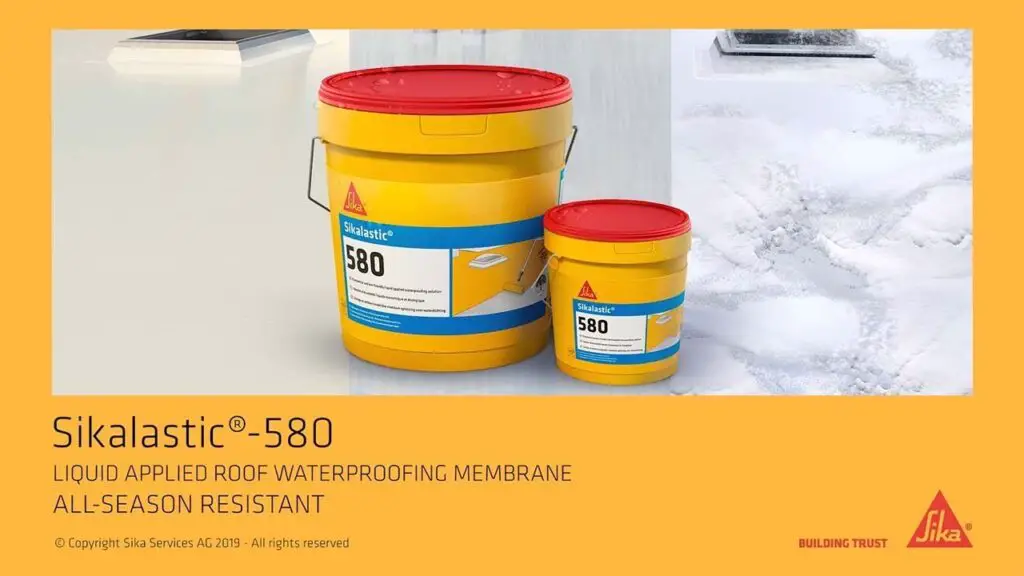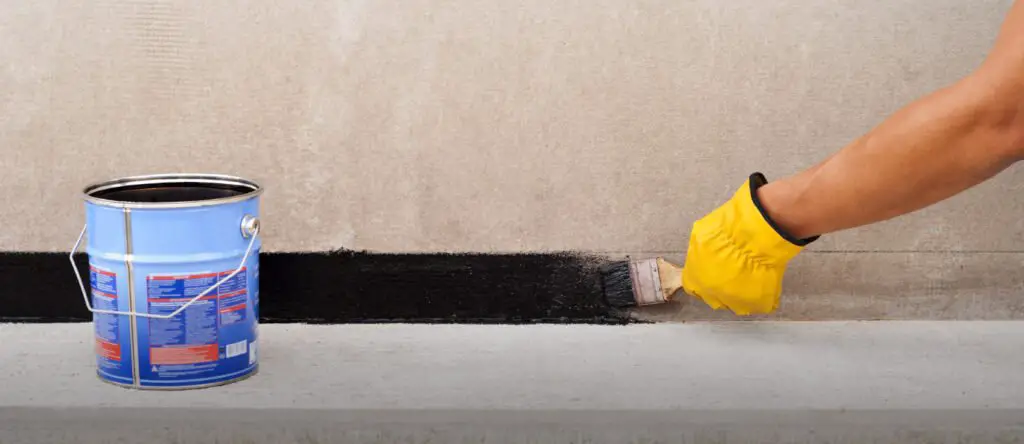
8 Simple and Easy Steps to Waterproofing Exterior Walls
Waterproofing Exterior Wall starts with inspecting for damages to repair then apply using the right waterproofing material which can be either concrete based, PVC Membrane, PU waterproofing paint
Leaks in exterior walls especially your main firewall are stressful as they may damage various items and furniture in your household.
When exterior walls are exposed to heavy rainwater, high humidity areas, near water sources such as rivers, lakes, and even water tanks, moisture and water can travel through your concrete and masonry which affects your interior finishes such as painting and wallpapers.
And as your walls are exposed to water or stay damp for a long period of time, it tends to grow mold, leak, or even cause irreparable damages to your concrete.
In high humid areas like the Philippines and other tropical counters wall damage due to high water penetration caused by rain or humidity is always a matter of when.
To prevent water and mold from destroying your interiors and designs, you can follow these simple basic steps to waterproof exterior walls.

Inspect the concrete for damages that needs to be repaired first before applying waterproofing material.
Oftentimes, people who waterproof their exterior walls forget to repair damages in their concrete or even tried to smooth finish it. This results in weaken durability of waterproofing material that leads to early damages and losing their waterproofing capabilities.
You must address all the cracks, the holes and even try to smooth finish the concrete to obtain all the benefits of waterproofing materials. It’s important to eliminate any other causes of structural dampness which can be anything from cracks in the hollow blocks, bricks or even condensation within the wall from burst water or air vent pipe. Once all the issues are fixed, you are now ready to apply waterproofing material as preventive measures.
If needed, place some flashings or clean your main gutters.
Sometimes, you have areas that connect two sides such as your roof to your exterior walls, to prevent water from leaking to those areas you need to place some flashing in between them to fully cancel out water from entering those edges that are hard to apply to waterproof.
Also clogged gutters may lead to various problems if not clean before applying to waterproof as it may obstruct some of the water and create damp areas if not corrected fully.
Choose the right waterproofing material
There is various waterproofing material in the market. Most are particularly useful in specific areas or situations but all of them are good finds if used correctly. Here are few products you should consider when buying the right waterproofing material;
- Concrete waterproofing coating paint, which is a type of waterproofing material that adheres to concrete and masonry permanently. It can be applied to any surface as long as it is clean thoroughly and not painted yet.
- Integral-based concrete waterproofing is a type of waterproofing that is combined with concrete as an admixture to create a waterproofing effect before it is being used in concrete walls. It is mostly used in large projects and combined with concrete waterproofing paint can create a lasting effect.
- PU-based waterproofing material; are cold-applied waterproofing material that is mostly used in decks and sometimes walls, they are two products, one base and another as epoxy which is combined slowly then poured or applied in an area that hardens fast to create waterproofing silicon to protect the area.
- PVC Membrane waterproofing material, are hot-applied waterproofing material which is a PVC sheet that protects the deck layered by layered, they are mostly used on slabs and not on walls but can be a great waterproofing material when applied.
- Silicon-based concrete sealer, which reacts with masonry and concrete to form a waterproofing coating, can seal most areas yet they are not the main waterproofing material you might want to use as they can only be applied on unsealed or unpainted walls.

- Use plaster waterproofing additive if needed. To fully improve the waterproofing capabilities of the walls, sometimes we tend to plaster them with waterproofing admixture. They are good to improve the aesthetics and make the wall more solid and waterproof. They can eliminate most leak problems yet for a greater solution, you must include waterproofing paint like Primero, Boysen Flexibond, or Davies.
- Surface prepares the area for waterproofing. Whatever product you choose for waterproofing your exterior wall, you must ensure that it is in good condition. Every hole and gap must be filled and clean with, any uneven surface is repaired and all dust is removed by cleaning the surface with water. Also, the wall must be dried and clean to ensure good adhesion between the waterproofing material and substrate.
- Apply the waterproofing material. the most basic material to use is by applying it with a brush or roller. the first coat must ensure that all areas affected are fully covered. then wait for few hours before applying the second and third coating. For best results, you must at least apply the waterproofing material with 2-3 coats.
- After few days, test the wall for leaks. Conducting a water tightness test is the last part and a very important step to ensure and evaluate the effectiveness of the product used for waterproofing the exterior walls. For this test, you should spray water to the wall surface for few hours, keeping the area affected directly affected by water. This is to simulate the rain if it will cause leaks inside your house.
- If leaks are observed, applied the waterproofing for one last coat and test again. Sometimes there is a various instance that leaks are observed after testing. The best procedure with this is to reapply the coat one or two times again to fully prevent all leaks from happening then continue with testing again. This is to ensure all areas are covered with no problem with leaks.
By waterproofing exterior walls, you’ll not only prevent serious damage but also boost the value of your home.
To see others and know more about material construction, please see here.
To know other construction guides, tips, and methodology for beginners, veterans, and contractors, please see here.

I’m glad that you informed us about concrete waterproofing coating paint that adheres to concrete and masonry permanently when you apply it on unpainted surfaces. I’m planning to get a new house built this September, and I want to make sure it doesn’t get damaged by the number of storms we encounter in our area every year. I’ll be sure to get in touch with a home exterior waterproofing contractor soon and inquire about concrete waterproofing.
Oh hey there! When I discovered from this article that people regularly use PVC membranes to waterproof slabs, I felt so much better and relieved. Why? Because the exterior wall of my second cousin’s house seems to be filled with water droplets since the start of the monsoon season which kinds of worrying him. That’s why I think I should ask him to find an expert who’s able to carry out the right procedures really soon.
I now know that before applying a waterproofing compound, check the concrete for any damage that has to be corrected. My uncle was talking about waterproofing their beach house and I was so lost about what he meant at first. Now I know and understand the importance of waterproofing your structure so thank you very much!
It helped me when you said that whatever material you decide to use to waterproof your outside wall, you must make sure it is in good working order. My dad is planning to waterproof our exterior walls in the home to make sure water leaks won’t happen. Thank you for the information about your article, I’ll make sure that my father uses high-quality waterproofing products to ensure its stability.